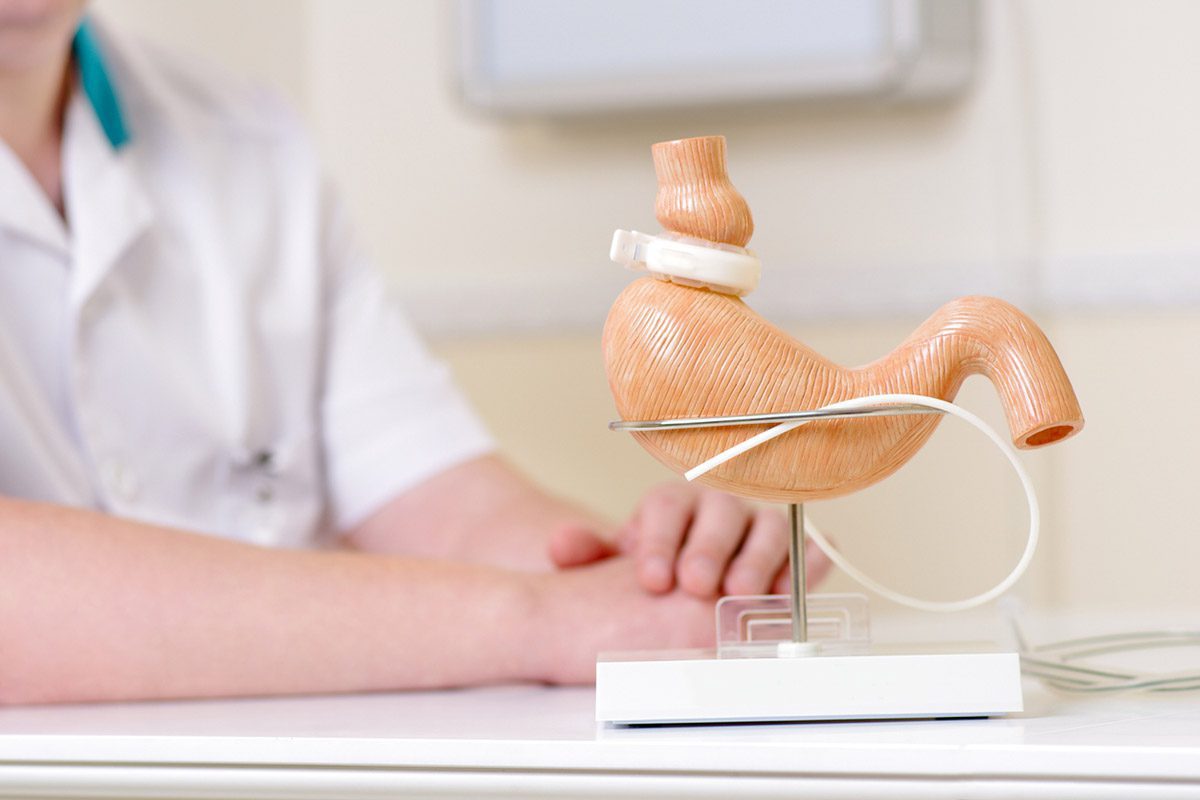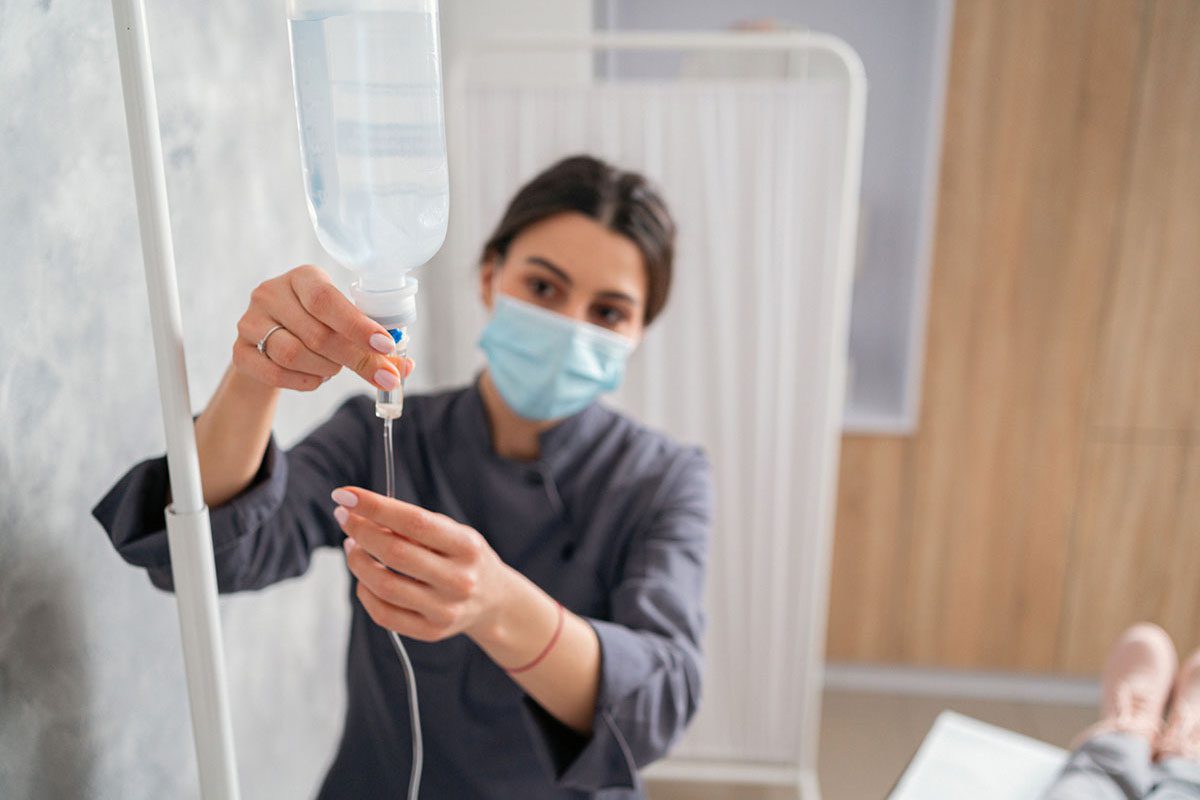Case Report: Lamotrigine Toxicity Leading to Depressed Mental Activity
To the Editor: We report a case of acute lamotrigine toxicity caused by concurrent divalproex sodium administration, resulting in altered mental status.
Case report. Mr A, a 45-year-old white man with bifrontal epilepsy, was being treated with lamotrigine 200 mg twice daily and divalproex 750 mg twice daily. He was admitted to the emergency department in 2011 with acute mental status changes, ataxia, and slurred speech. His serum divalproex level was measured at 93.7 μg/mL, and the dose was increased to 1,000 mg twice daily. The patient was periodically combative and actively hallucinating, picking at imaginary objects in the air and stating there were “strinks” present. Three days prior, his divalproex dose had been increased from 500 mg twice daily to 750 mg twice daily due to increasing seizure activity. His past psychiatric history included DSM-IV schizoaffective disorder, bipolar type; alcohol dependence; and cognitive disorder not otherwise specified. His medical history was significant for a motor vehicle accident at age 12 years that resulted in traumatic brain injury and epilepsy. The patient had been sober from alcohol for 6 months. His other medications included risperidone 3 mg daily, vitamin B1 100 mg daily, vitamin D3 2,000 IU daily, topiramate 150 mg twice daily, and lorazepam 0.5 mg 3 times daily.
The patient’s condition worsened, and by hospital day 3 he was minimally arousable even with a vigorous sternal rub, with a corresponding serum lamotrigine level of 23.4 μg/mL. The divalproex dose was slowly tapered, and on hospital day 7 the patient began responding to pain and opening his eyes spontaneously, with a corresponding serum lamotrigine level of 15.4 μg/mL. By day 8, he was much more alert but required over a minute to formulate verbal responses to questions. The patient’s condition gradually improved to baseline by day 10, at which point his serum lamotrigine level was 12.7 μg/mL.
During the hospital stay, an extensive workup was performed looking for alternate causes of mental status change, all of which were negative. This workup included imaging such as head magnetic resonance imaging and head computed tomography. A lumbar puncture was negative, including herpes panel, cytomegalovirus, Epstein-Barr virus, human herpesvirus, herpes simplex virus, varicella zoster virus, Cryptococcus, acid-fast bacilli, and bacterial and viral cultures. Complete blood cell count, comprehensive metabolic panel, and Venereal Disease Research Laboratory test were negative for pathology. Folic acid, vitamin B12, and thyroid-stimulating hormone levels were within normal limits. Urinalysis showed no evidence of infection, and urine drug screen was negative except for benzodiazepines, which were prescribed to the patient. An electroencephalogram performed on hospital day 2 showed evidence of diffuse medication effects and no evidence of epileptiform discharges.
Lamotrigine is a second-generation anticonvulsant that acts on voltage-sensitive sodium channels to reduce excitatory neurotransmitters glutamate and aspartate. The overall result is an inhibitory effect that is postulated to lead to neuronal stabilization.1 It is used for the treatment of both epilepsy and bipolar disorder, but there are still many unknowns regarding therapeutic levels and levels of potential toxicity.
Unfortunately, it is difficult to predict clinical response or toxicity levels based upon serum levels of lamotrigine. An early (1996) study by Kilpatrick et al2 measured a similar range of serum drug levels for both antiepileptic efficacy (1.4-18.7 mg/L) and onset of intolerable side effects (0.4-18.5 mg/L). Finding no clear cut concentration effect or concentration toxicity values, the group concluded that routine drug monitoring was unnecessary.2 These data suggest that idiosyncratic variation in both therapeutic and adverse responses to drug levels is considerable. The ability to monitor drug levels is further complicated by the drug interactions between lamotrigine and divalproex. The addition of lamotrigine to existing divalproex therapy can either increase or decrease serum concentrations of divalproex. Divalproex in return has a strong effect on the clearance of lamotrigine, extending lamotrigine’s average half-life of approximately 22 hours to around 70 hours when the drugs are used simultaneously.3
Lamotrigine toxicity has been characterized in several studies, one4 of which showed approximately half of all patients with increased drug levels experience no symptoms. When effects were present, however, they ranged from common symptoms like lethargy, nausea, vomiting, ataxia, and dizziness to severe symptoms like coma, seizures, and respiratory depression.4 There is a case report5 of an overdose similar to ours that occurred in a patient taking both lamotrigine and valproic acid, similarly leading to a severe but reversible encephalopathy. Likewise, no other cause for mental status change was discovered other than elevated serum lamotrigine levels, and the patient made a full recovery that coincided with reduced serum lamotrigine levels.5 In a study by Pricone et al,6 postmortem lamotrigine concentrations were extracted from various tissues of 8 deceased patients; 2 of whom reportedly died of epilepsy and were found to have increased lamotrigine concentrations secondary to concomitant valproic acid administration. The purpose of the investigation was to highlight the frequency of toxic levels of lamotrigine and to underscore the importance of drug monitoring in select cases, namely, when lamotrigine is coadministered with valproic acid.6
The patient described in this case report had an extensive workup for other causes of mental status change that all proved negative. It is strongly believed that his divalproex doses, having been increased at a rapid rate over a short time period, led to a subsequent increase in serum lamotrigine to toxic levels and resulted in an impressively depressed mental status. His recovery from this state correlated very strongly with reduced serum lamotrigine levels. In this case, the Naranjo probability scale7 revealed a probable reaction (n = 8) between lamotrigine and depressed mental activity.
Lamotrigine has several reported cases of toxicity, and this toxicity should be considered when a patient presents with acute mental status change. Coadministration of divalproex greatly affects serum lamotrigine levels, and careful monitoring of drug levels may be necessary in some cases. Reduction of lamotrigine dose or discontinuation of divalproex to reduce lamotrigine serum levels should be considered, and this combination should be used with caution in sensitive patients.
References
1. Seo HJ, Chiesa A, Lee SJ, et al. Safety and tolerability of lamotrigine: results from 12 placebo-controlled clinical trials and clinical implications. Clin Neuropharmacol. 2011;34(1):39-47. PubMed doi:10.1097/WNF.0b013e3182055c07
2. Kilpatrick ES, Forrest G, Brodie MJ. Concentration-effect and concentration-toxicity relations with lamotrigine: a prospective study. Epilepsia. 1996;37(6):534-538. PubMed doi:10.1111/j.1528-1157.1996.tb00605.x
3. Bentué-Ferrer D, Tribut O, Verdier MC; le groupe Suivi Thérapeutique Pharmacologique de la Société Française de Pharmacologie et de Thérapeutique. [Therapeutic drug monitoring of lamotrigine]. Therapie. 2010;65(1):39-46. PubMed
4. Lofton AL, Klein-Schwartz W. Evaluation of lamotrigine toxicity reported to poison centers. Ann Pharmacother. 2004;38(11):1811-1815. PubMed doi:10.1345/aph.1E192
5. Sbei M, Campellone JV. Stupor from lamotrigine toxicity. Epilepsia. 2001;42(8):1082-1083. PubMed doi:10.1046/j.1528-1157.2001.0420081082.x
6. Pricone MG, King CV, Drummer OH, et al. Postmortem investigation of lamotrigine concentrations. J Forensic Sci. 2000;45(1):11-15. PubMed
7. Naranjo CA, Busto U, Sellers EM, et al. A method for estimating the probability of adverse drug reactions. Clin Pharmacol Ther. 1981;30(2):239-245. PubMed doi:10.1038/clpt.1981.154
Author affiliations: University of Nebraska Medical Center, Omaha (Ms Westercamp); and Department of Psychiatry, University of Nebraska College of Medicine, Omaha (Dr Sharma).
Potential conflicts of interest: None reported.
Funding/support: None reported.
Published online:March 8, 2012.
Prim Care Companion CNS Disord 2012;14(2):doi:10.4088/PCC.11l01278
© Copyright 2012 Physicians Postgraduate Press, Inc.




